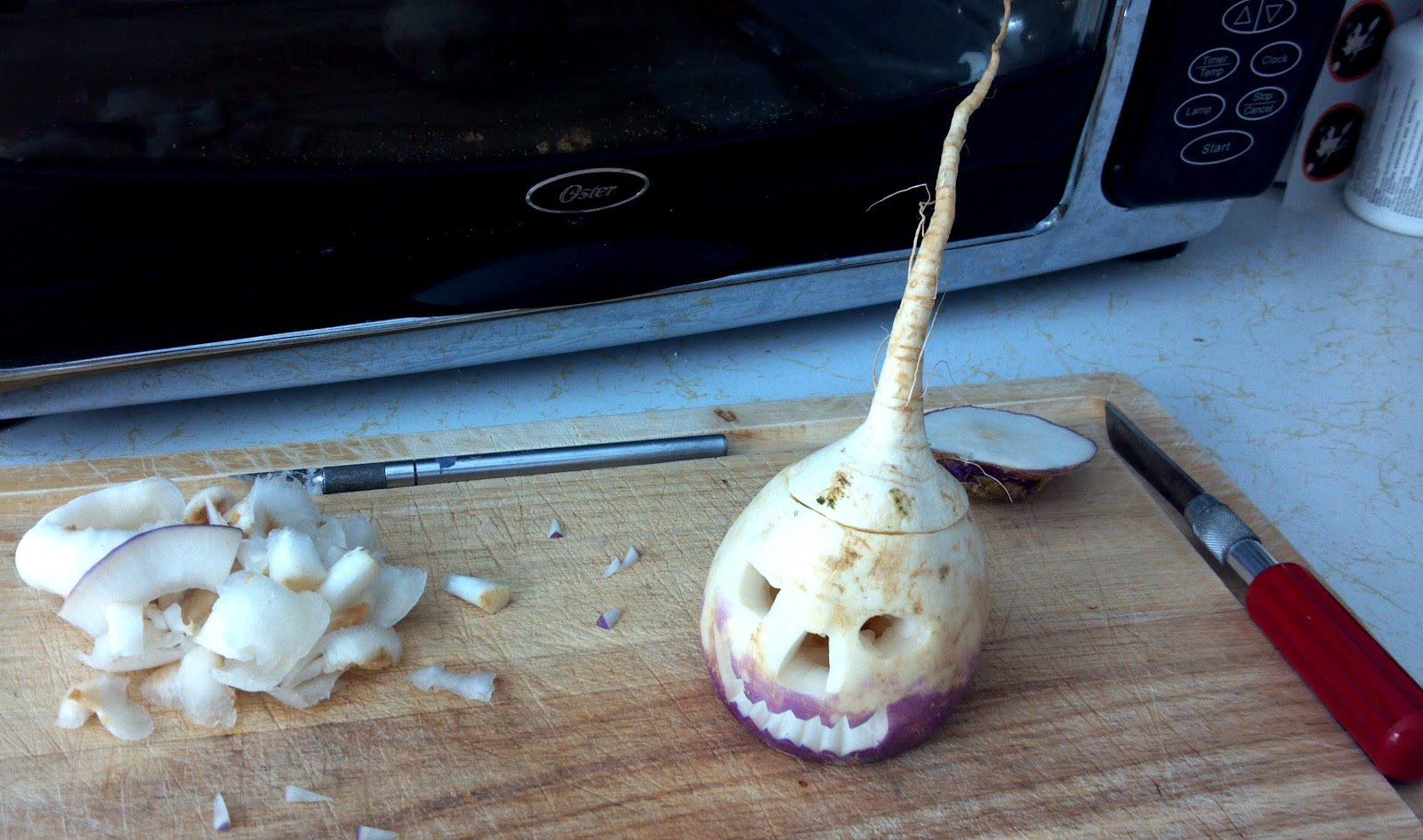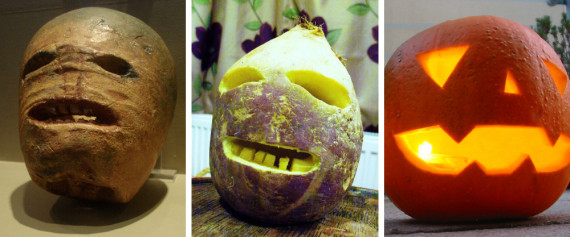

Was naked, he was, for all the world, like a forked For example in Henry the 4th part 2, I found a delightful and reminiscent description of a vegetable with a carved-out face spoken by the fat old knight, Sir John Falstaff:

People told stories to explain the mysterious lights. For centuries before this scientific explanation was known, Ignite as they come into contact with electricity or heat or as they Hobby lanterns, corpse candles, fairy lights, will-o'-the-wisps, andįool's fire-are created when gases from decomposing plant matter

These ghost lights-variously called jack-o’-lanterns, hinkypunks, (in the 1670s) it(jack-o'-lantern) began to be used to refer to the mysterious lights sometimes seen at night over bogs, swamps, and marshes. The practice originated from an Irish myth about a man nicknamed “ Stingy Jack.”įurthermore, as put in this Matt Soniak article: People have been making jack-o’-lanterns at Halloween for centuries. As seen in this A&E Television History article: Of course the practice of carving out vegtables during the harvest seasons is much older then that. Jack-o'-lantern: also jack-o-lantern, jack-a-lantern, jackolantern, 1660s, "night-watchman " (.) The extension to carved pumpkin lanterns is attested by 1834 in American English. According to OED the etymology of "Jack'o'-Lantern" (as a name for the carved pumpkin) dates to 1834:


 0 kommentar(er)
0 kommentar(er)
